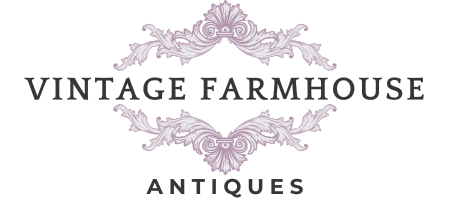The vintage compact
Vintage compact mirrors are small, portable mirrors that were commonly used by women in the 19th and 20th centuries for personal grooming, typically to check makeup or hair while on the go. They often feature elegant and intricate designs, showcasing the craftsmanship and style trends of their respective eras.
Many vintage compacts as well as being functional and used very day were also things of beauty and often given as gifts. These mirrors are highly collectible today due to their craftsmanship, beauty, and historical significance. Vintage compact mirrors represent a piece of social history, reflecting the fashion and beauty standards of their time. Owning a beautifully designed compact mirror was a mark of sophistication.
A brief history of the compact mirror
Materials & craftsmanship:
- Metal: most vintage compacts were made of metal.
- Enamel work: Many vintage compacts feature enamel decoration in vibrant colours. The enamel often depicts floral patterns, Art Deco designs, or intricate geometric motifs.
- Silver and gold: Higher-end compacts were often made of sterling silver or even gold.
Eras and Styles:
- Victorian Era (1837–1901): Early compact mirrors were often heavy, with ornate designs featuring floral and nature motifs. Many of these were made from silver or gold-plated metals.
- Art Deco (1920s-1930s): This era saw sleek, geometric designs with bold colors and patterns. Compact mirrors from this time often used materials like chrome or Bakelite alongside silver and gold.
- Mid-Century (1940s-1960s): Compacts during this time became more accessible and mass-produced, often using plastics alongside metal. Designs reflected the glamour of Hollywood, with compacts shaped like seashells or decorated with feminine imagery.
Types of Vintage Compacts:
- Double-sided mirrors: These often feature one regular mirror and one magnifying mirror.
- Compacts with makeup: Many vintage compacts also included compartments for powder or rouge, complete with a powder puff. These served both as a mirror and a makeup holder.
- Travel compacts: Often smaller and simpler, these were designed for easy portability.
The decline of the compact mirror
The decline in the production of compact mirrors was caused by several factors, largely tied to changing beauty trends, technology, and materials:
- Shift to modern makeup packaging: In the mid-20th century, makeup packaging evolved. Cosmetic companies started producing makeup in disposable, plastic packaging with built-in mirrors, making the need for separate, decorative compact mirrors less essential.
- Mass production and plastic: With the rise of mass production and cheaper materials like plastic, makeup became more affordable and accessible. Single-use or disposable packaging became the norm, reducing the demand for long-lasting, high-quality compacts.
- Changing beauty habits: Over time, women's beauty routines became quicker and more portable. Instead of carrying separate mirrors, women began using makeup cases that already included mirrors, or simply carrying smaller, less ornate ones, and there was a move from using loose powder in a metal compact to using a cake powder (solid) in a plastic compact.
- Technological advances: Compact mirrors began to lose their fashionable appeal as modern conveniences like smartphones with front-facing cameras provided a handy and portable alternative for checking one’s appearance.
By the late 20th century, ornate compact mirrors were no longer a mainstream item, though they remain sought after by collectors and vintage enthusiasts today.
Collectibility of vintage compacts today:
The value of vintage compact mirrors has been increasing recently, particularly for rare, well-preserved pieces.
Several factors contribute to this rise in the value of vintage compacts:
- Age: Older, more unique mirrors, especially those from the Victorian or Art Deco periods, tend to appreciate in value over time due to their scarcity.
- Rarity and condition: The value of a vintage compact mirror depends on its rarity, the intricacy of the design, and the condition. Some collectors seek compacts with original makeup inside, though unused ones in their original boxes tend to be more valuable.
- Popular brands: Some of the most popular vintage compacts come from brands like Stratton and Kigu. These brands were known for their high-quality designs and craftsmanship.
- Craftsmanship and materials-Mirrors made from high-quality materials like sterling silver or adorned with detailed enamel work are in demand. Items from renowned brands (like Stratton or Kigu) also add value.
- Nostalgia and collectibility: With growing interest in vintage items in recent year and nostalgia-driven trends, more collectors are seeking out compact mirrors, driving up their value.






